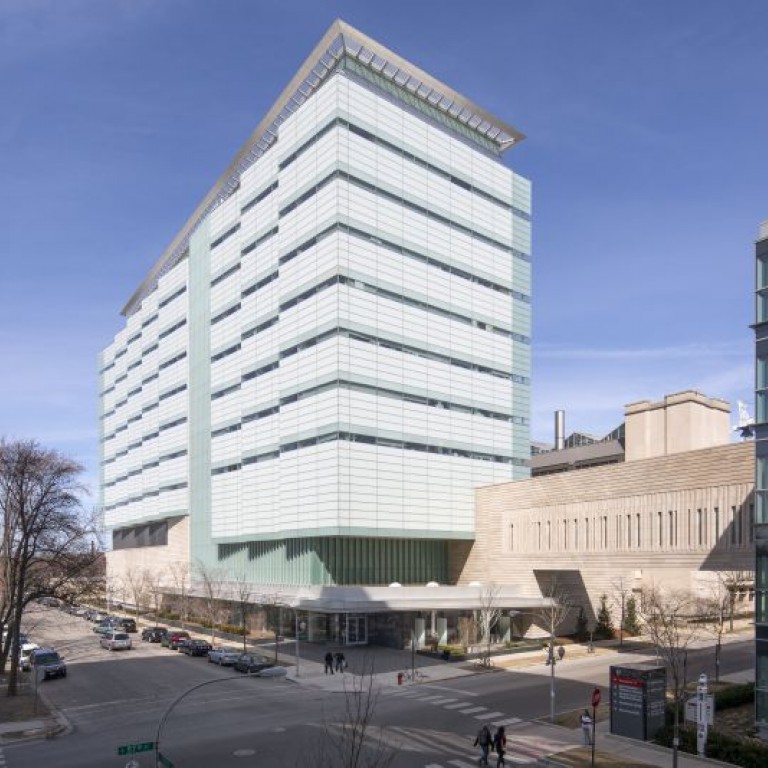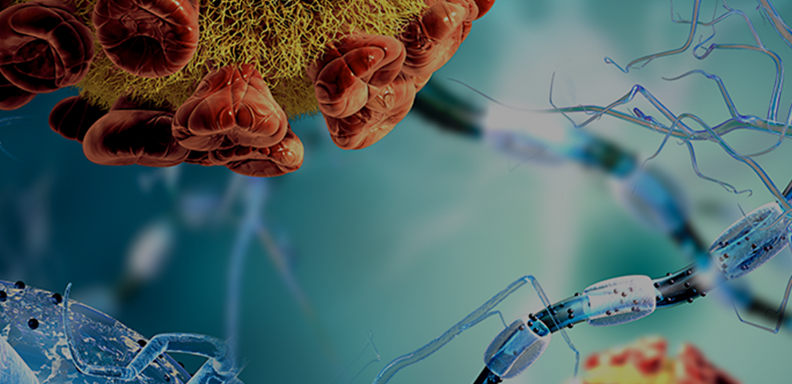Recent discoveries may lead to treatments for patients with Allan-Herndon-Dudley syndrome (AHDS), a brain development disorder that causes severe intellectual disability and problems with movement.
In a recent study published in the peer-reviewed journal Thyroid, scientists at Cedars-Sinai and the University of Chicago identified a gene therapy that can potentially help prevent or reduce the devastating neurological symptoms in patients diagnosed with AHDS.
“There currently are no successful therapies for treating the neurological symptoms that occur as a result of this condition,” said Clive Svendsen, PhD, co-author of the study, professor of Biomedical Sciences and Medicine, and executive director of the Cedars-Sinai Board of Governors Regenerative Medicine Institute. “However, we’re finding gene therapies to be a promising new way to treat developmental neurological disorders, like AHDS.”
The disorder was first defined clinically in 1944 by William Allan, C. Nash Herndon, and Florence Dudley at the Bowman Gray School of Medicine, which is now part of Wake Forest University. In 2004, Alexandra Dumitrescu, MD, PhD, then graduate student and currently Associate Professor of Medicine in the Section of Endocrinology, Diabetes and Metabolism at UChicago, showed that AHDS was caused by mutations in the thyroid hormone transporter MCT8 gene located on the X-chromosome, while she was working in the lab of Samuel Refetoff, MD, the Frederick H. Rawson Professor of Medicine and Professor of Pediatrics.
Defects in this gene result in a complex syndrome in males, combining thyroid hormone deficiency in the brain and excess in peripheral tissues. Usually diagnosed in early childhood, the lack of MCT8 in the blood-brain barrier reduces the availability of thyroid hormone to brain cells, which is critical for human brain development and function. This leads to serious intellectual disability and problems with speech and movement. Most affected children do not walk or talk.
In the new study, investigators tested the potential of a viral gene therapy, AAV9-MCT8, to determine whether it could correct brain defects in mice that carry the mutation and possess symptoms of the disease. AAV9 is a common virus that is often used as a vector to help deliver genetic material like MCT8 into cells.
“We thought we might be able to get the transporter back with an AAV9 vector by genetically modifying it so it will produce the protein MCT8,” said Svendsen, who is also the Kerry and Simone Vickar Family Foundation Distinguished Chair in Regenerative Medicine.
Once the vector was encoded with the normal MCT8, the team infused it into the bloodstream of both newborn and young male mice.
“While earlier work from my laboratory showed expression of the MCT8 protein in brains of newborn mice given the same AAV9-MCT8 vector, it was uncertain whether this will also happen when given to young male mice, at a time similar to when most children are diagnosed with the disease,” said Refetoff, who also co-authored the new study and is director of the Endocrinology Laboratory at the University of Chicago.
In fact, the mice showed an improvement in their learning curve, suggesting that the treatment has beneficial effects on cognitive and motor functions.
“The ability of this gene therapy approach to impact disease progression in this mouse model is important proof of concept to move this therapy to humans,” said Gad Vatine, PhD, a former postdoctoral researcher in the Svendsen lab who worked on the study and is now at Ben-Gurion University in Israel. “This study helps pave the way for promising treatments that could alleviate the neurological symptoms in AHDS patients.”
Adapted from a press release provided by Cedars-Sinai



